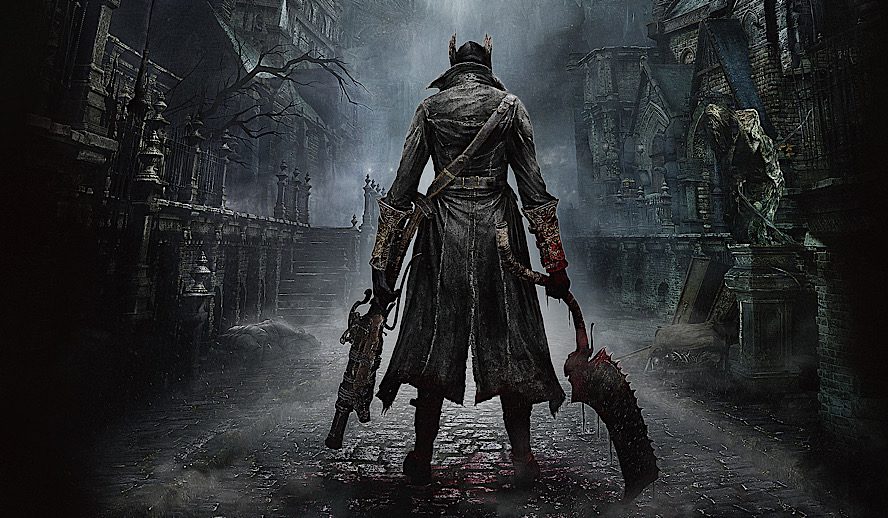Bloodborne, developed by FromSoftware and directed by Hidetaka Miyazaki, is a challenging action RPG game renowned for its graphics, visceral combat, and Lovecraftian horror elements. The game’s difficulty requires careful planning and execution of every enemy encounter and boss fight, which tests players’ skills and patience. Bloodborne has non-linear storytelling, which is pieced together from item descriptions, environmental storytelling, and eerie in-game cutscenes. Boss encounters showcase unique designs and difficulty, requiring players to learn their weaknesses and attack patterns to emerge victorious. High replayability is available through the game’s procedural Chalice Dungeons and New Game Plus mode. Bloodborne is a standout title in the challenging action RPG genre, setting high standards for future games in the genre.
Bloodborne: A Love Letter to the Challenging Action RPG Genre
Bloodborne, developed by FromSoftware and directed by Hidetaka Miyazaki, was released in 2015 for the PlayStation 4. With its breathtaking graphics, visceral combat, and Lovecraftian horror elements, it quickly became a beloved title within the challenging action RPG genre. Here are some reasons why Bloodborne is a love letter to the genre.
Difficulty
Those who have played Bloodborne know how challenging it is. Every enemy encounter and boss fight requires careful planning and execution. There’s no room for mistakes, and every decision you make ultimately affects your character’s life. The difficulty of Bloodborne is a hallmark of the genre, and it tests the player’s skills and patience, making victory all the more rewarding.
Storytelling
Unlike other RPGs, Bloodborne’s storytelling is non-linear and open-ended. The game never holds your hand and tells you what is happening; instead, you must piece the story together from item descriptions, environmental storytelling, and eerie in-game cutscenes. Bloodborne’s world is strange, full of mystery and darkness, and it’s up to the player to interpret and make sense of it all.
Atmosphere
Bloodborne’s atmosphere is one of its most impressive features. From the haunting locations like Yharnam, the city of blood, to the Lovecraftian horrors that lurk within, the game is a masterclass in unsettling and immersive game design. The game’s score, composed by Ryan Amon, adds to the game’s atmosphere, with its haunting choir and eerie soundscapes providing a sense of foreboding and despair.
Bosses
Bloodborne’s bosses are memorable, both in design and difficulty. From the Cleric Beast, the game’s first boss, to the Moon Presence, the final boss, every encounter with a boss is an event. Each boss is unique and requires different strategies to defeat, and the player must learn its weaknesses and attack patterns to emerge victorious. The bosses are some of the most impressive aspects of the game, and they are a testament to the game’s challenging nature.
Replayability
Bloodborne’s replayability is high, thanks to the game’s procedural Chalice Dungeons. Chalice Dungeons offer randomly generated levels, loot, and boss fights, providing hours of additional gameplay for those who want more after finishing the main campaign. The game’s New Game Plus mode also offers additional challenges and rewards for players who want to test their skills even further.
Conclusion
Bloodborne is an incredible game that showcases the best aspects of the challenging action RPG genre. Its excellent combat, difficult bosses, haunting atmosphere, and non-linear storytelling make it a standout title that players will return to for years to come. As FromSoftware’s love letter to the genre, Bloodborne is a masterpiece that sets the bar high for future games in the genre.
